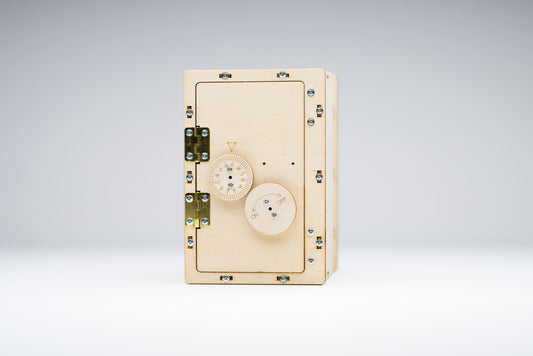Mechanics, the branch of physics dealing with motion and forces, is not just for engineers and scientists. It's a field of study that can be fascinating and accessible to children, especially when explored through simple machines. At YoungInventors, we believe in the power of hands-on learning. In this blog post, we'll introduce kids to the basic principles of mechanics using everyday objects. Activities involving levers, pulleys, and wheels will not only demonstrate fundamental concepts of physics but also ignite a love for practical science.
Activity 1: Crafting a Lever with Household Items Keywords: Simple Machines, Practical Science
A lever is a simple machine that helps lift or move objects. For this activity, you'll need a ruler or a wooden spoon, a small object like a toy or a block, and a fulcrum (a small box or a stack of books).
- Place the ruler or wooden spoon over the fulcrum.
- Put the small object on one end.
- Press down on the other end to see how the lever lifts the object.
This activity is a great way to teach children about the principles of levers, including effort, load, and fulcrum. It shows how levers make work easier.
Activity 2: Creating a Pulley System Keywords: Mechanics for Kids, YoungInventors
Pulleys are used to lift heavy objects with less effort. To create a simple pulley system, you need a rope, a small wheel or a spool, and a bucket or a small bag.
- Loop the rope over the wheel or spool, which is fixed at a higher point (like a door frame).
- Attach one end of the rope to the bucket or bag.
- Pull the free end of the rope to lift the bucket.
This experiment helps kids understand how pulleys can change the direction of a force and make lifting easier, demonstrating a fundamental concept in mechanics.
Activity 3: Exploring Wheels and Axles Keywords: Simple Machines, YoungInventors
Wheels and axles are simple machines that reduce friction and make movement easier. For this activity, gather a toy car, a round object like a bottle cap, and a pencil or a skewer.
- Attach the bottle cap to the pencil to create a wheel and axle system.
- Place the system on a slope and observe how it rolls down.
- Compare this with how the toy car moves.
Discuss with children how wheels and axles work together to facilitate movement. This activity demonstrates the importance of this simple machine in everyday life.
Simple machines are all around us, making our daily tasks easier. By exploring levers, pulleys, and wheels with everyday objects, children can develop a practical understanding of mechanics. These activities, designed by YoungInventors, are not only educational but also encourage children to look at the world around them with curiosity and understanding of basic physics principles.





